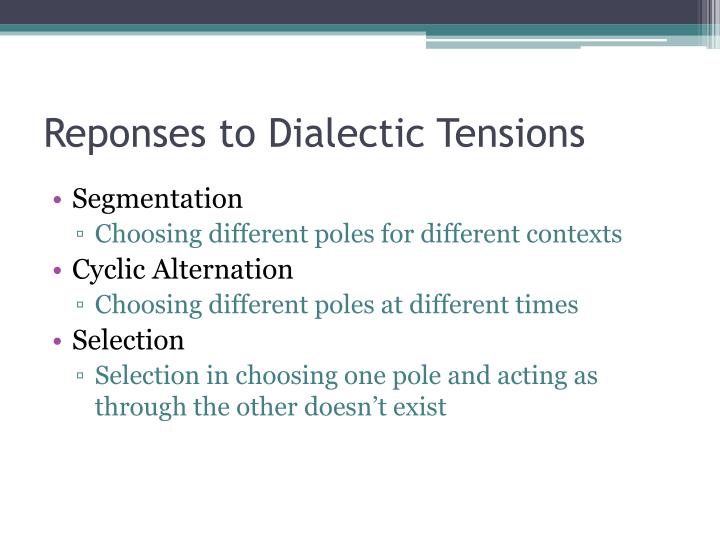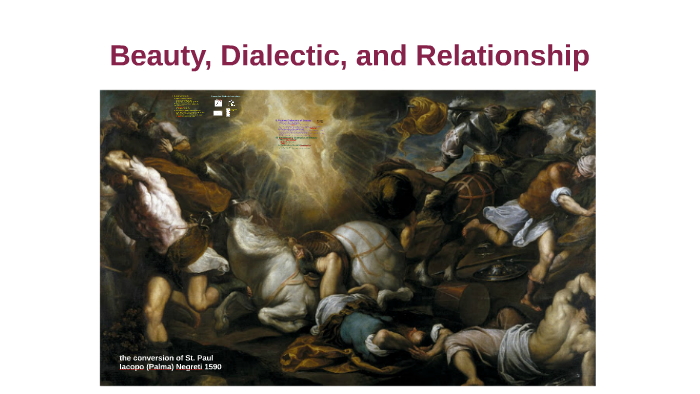

Software, for one, is an assemblage that embodies a social relation but also works to produce space, leading some to speculate on a ‘spatial politics of code’ (Graham 2005). Geographers have both looked at spatial technologies (GIS, geoweb, etc.), and looked at the spaces dependent on - or resulting from - a specific relation with technology. The Science & Technology Studies (STS) literatures, for instance, have a long heritage of looking at this relation. Those who have been unable to plug into these new flows of capital, or those who were from the start marginalized from them, are more prone to impoverishment.īut more broadly, lots of literatures have explored this idea of the co-constitution of technology and society. The “network society” (Castells 1996) has reconfigured entire economies around the production, dissemination, and usage of technology.

Watkins doesn’t touch on the inverse of this relation, specifically, the ways technological developments produce the poverty itself. In other words, these discourses enable the blaming of the individual - for casting blame on the person for their not keeping up.
#Dialectic relation windows
Like a computer user who has held onto their Windows ‘95 machine, these ‘throwaways’ - again, poor people - have failed to take advantage of globalization, the entrepreneurial spirit, and their own bootstraps. For Watkins, poor people are seen as ‘technological cripples’, as behind-the-times who willingly failed to keep up with new social developments. … Los Angeles’s wild edge, in other words, is the place where natural history and social history can sometimes be read as inverted images of each other.”Įvan Watkins (1993) has identified a similar descriptive dialectic between technological development and poverty. … In ripe Hegelian fashion, then, the social construction of nature is typically mirrored by the naturalization of purely social contradictions. Reciprocally, the urban underclass is incessantly bestialized as ‘predators,’ ‘wilding youth,’ and ‘wolf packs’ in an urban ‘wilderness’. It is not surprising that predators are criminalized as trespassers and discursively assimilated to ‘serial killers’ or ‘gangbangers’. “Indeed, in the minds of most suburbanites, the unruliness in the center of the metropolis is figuratively recapitulated at its periphery. My thoughts here revolve around the ways society is reflected in technology and vice versa.īefore getting too far into that, take a look at this other social dialectic identified by Mike Davis (1998, 208), that between the city and wilderness, or ‘urban’ and ‘nature’: But I find it incredibly useful for my own research interests, namely the potentially dialectic relationship between technology and society. This way of thinking is new to me, and I’m still struggling to fully “internalize” it (ha, look at my funny pun). This and other contradictions are resolved through the state (workers’ protection rights, minimum-wage laws, etc.), through crises (market crashes, recessions, etc.), through labor movements (8-hour working day, age and sex protection, etc.), and through currency valuations (a classic “internalization” mechanism, if I understand Marx and David Harvey (1982) correctly). Its requirements are its downfall, in a rudimentary sense. An example from Marx’s (1977) Capital is the idea that since capitalists continually accumulate capital at the top to the detriment of the workers, a contradiction arises because it constantly depends on lower-waged workers but this tendency would effectively wipe out the working class (health, sustenance, etc.).

For those of you unfamiliar, dialectics is, in a nutshell, the idea that two or more processes confront each other and present contradictions these contradictions must be resolved, but may internalize those contradictions. I’m simultaneously fascinated and extremely challenged by dialectical thinking.


 0 kommentar(er)
0 kommentar(er)
